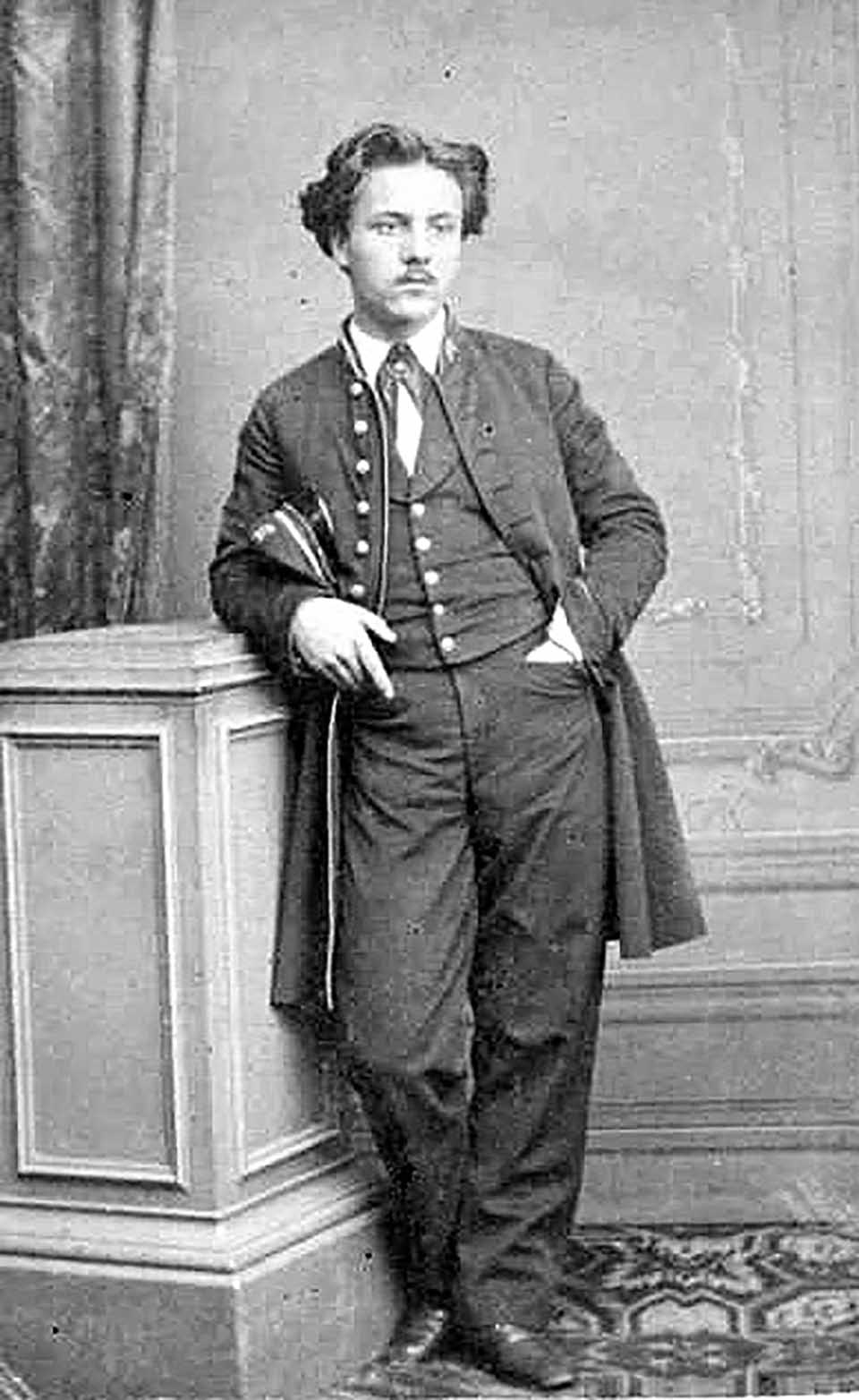
Do you remember those cakes made by the company known as Mr. Kipling and sold under the name of French Fancies? They were (and still are) small coloured sponge cakes, topped with a hemisphere of buttercream and coated with fondant icing. Years ago, I would award myself one after completing a particularly challenging task, such as changing a light bulb, though they were undoubtedly bad for my teeth. The cakes I mean, not the light bulbs. I rather miss the French Fancies, along with British daffodils, cool early spring mornings and the Sunday newspapers.
The French Fancies are supplied in boxes of eight and this leads me to wonder, by a rather tortuous mental route whether you can come up with the names of eight French composers, one for each cake. People tend to think of late 19th century or early 20th century people like Debussy, Ravel, Saint-Saens, Léo Delibes or Charles Gounod. Those who lived during the Baroque and earlier, such as Couperin, Lully and Rameau are sometimes forgotten. It’s rather ironic because some of the leading composers of the Middle Ages were French. Musicians such as Pérotin, Machaut, Dufay and Josquin des Prez played significant roles in shaping the development of Western European music.
One of the first French works that I encountered as a young orchestral player was by Léo Delibes, best known for his ballets and operas and whose Flower Duet achieved brief fame in the 1980s thanks to a series of television commercials for British Airways. As a cello player, I found myself studying the Élégie by Gabriel Fauré, a piece for solo cello and piano which all aspiring cello players encounter at some point in their training. Fauré (FOR-ray) was one of most influential French composers at the turn of the century. His refined and sophisticated music was a link between Romanticism and the start of the modern era. Even as a child he showed considerable talent. At the age of nine, the young Gabriel was packed off to Paris to study church music and the organ. A few years later, the composer Saint-Saëns (he of Carnival of the Animals) took an interest in Fauré’s progress and became his composition and piano teacher as well as a life-long friend. During his career, Fauré wrote over a hundred songs and his gift for melody is remarkable.
Sometimes I wonder how many people have overlooked this work purely on account of its rather enigmatic title. It would be a pity, for despite being only about five minutes long, it’s a lovely work composed when Fauré was only nineteen. He set the text in 1864 for a composing competition at the École Niedermeyer de Paris, and it won him the first prize. Jean-Baptiste Racine of course was the famous 17th century French dramatist and the words are a paraphrase of the Latin hymn, Consors paterni luminis. The beautifully-shaped, flowing melodies set the work firmly in the romantic period and there are sometimes echoes of Gounod. The composer uses imitation devices between the voices and – perhaps it’s my imagination – I can sometimes feel early hints of the wonderful Requiem, which was written twenty years later. The performance is sublime, given in London’s vast Royal Albert Hall by a small string ensemble, organ and a legendary choir.
Pelléas and Mélisande is a Symbolist play by the Belgian playwright Maurice Maeterlinck about the forbidden, doomed love of the two title characters. It was first performed in 1893 and although it never achieved much success as a stage play, it was the inspiration for Debussy’s opera of the same name as well as works by Arnold Schoenberg and Jean Sibelius. Fauré wrote the incidental music for the London production of Maeterlinck’s play in 1898. To meet the tight deadline of the production, Fauré was forced to use some of his earlier music and also enlisted the help of his pupil Charles Koechlin to deal with the orchestration. After the run of the play, Fauré later constructed a four-movement suite from the original theatre music, orchestrating the suite himself. One of the movements, the Sicilienne is especially well-known because Fauré also arranged it for cello and piano. The piece has been a staple of the cello repertoire ever since. The last movement, The Death of Mélisande is especially poignant, with echoes of Mélisande’s personal theme throughout. This final, eloquent piece was performed at the composer’s own state funeral twenty years later at the Église de la Madeleine in Paris.
 |
 |
 |





